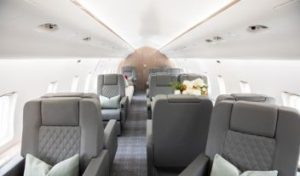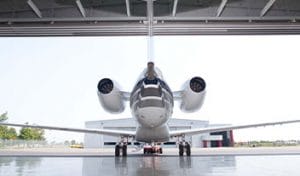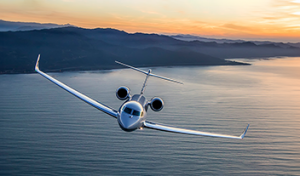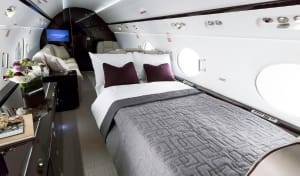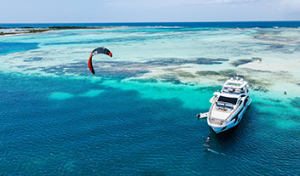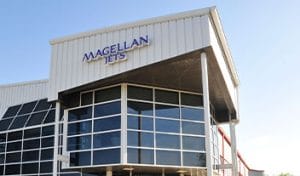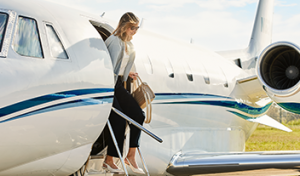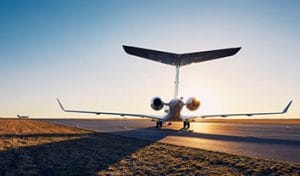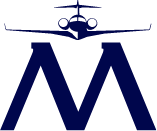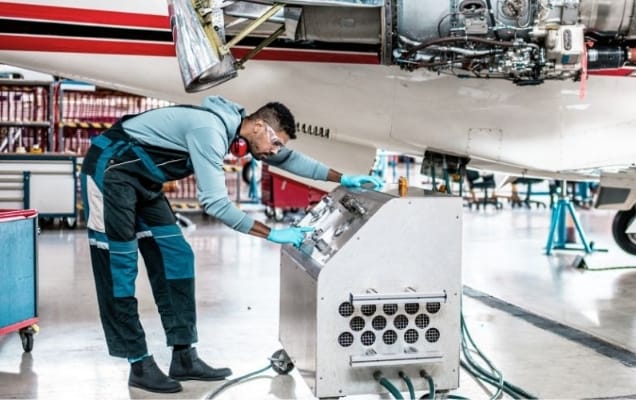Understanding the costs of private aviation is essential for making an informed decision about the best option for your lifestyle. Each method—chartering, fractional ownership, and buying a jet—has unique costs and benefits. When deciding between the three, it’s important to consider your travel frequency, preferred type of aircraft, budget, and desire for control and convenience. Let’s explore the cost breakdown of:
– Chartering a private jet
– Being a fractional owner
– Owning your own private jet
EXPLORE WAYS TO FLY WITH MAGELLAN
HOW MUCH DOES IT COST TO CHARTER A PRIVATE JET?
Chartering a private jet is a luxurious, convenient, and private mode of transportation that has grown increasingly popular in recent years. But how much does it cost to charter a private plane?
Well, the answer depends on several variables, including the type of aircraft, which include:
- – Very light jets
- – Light jets
- – Mid-size jets
- – Super midsize jets
- – Heavy jets
- – Ultra-long range jets
It’s also important to consider the number of passengers you’ll be taking, the departure and arrival cities, and the time of the booking. Here is a deeper dive into some of the factors that influence private jet charter prices.
WHAT IS THE BASIS FOR MARKET-BASED PRICING?
Private jet charter companies typically adopt market-based pricing. This is a flexible pricing strategy that adjusts according to market demand, the type of aircraft, and the operational costs of the charter company.
For instance, a high-demand route such as New York to Los Angeles or Miami to Las Vegas may command higher prices. Similarly, you might notice a higher price if you’re booking during peak vacation season or around holidays. Also, larger aircraft, such as the Gulfstream G450, will have a higher hourly rate compared to smaller aircraft like the Phenom 300.
how do pricing methods differ between hourly and per-trip rates?
Private jet charter cost is typically calculated in two ways: hourly rate or per trip.
An hourly rate is based on the actual flight time, from takeoff to landing. This can cause the price to fluctuate depending on how long your flight ends up being and whether there are any delays. Per-trip pricing, on the other hand, provides a fixed quote for the entire journey, regardless of the amount of time you’re flying.
For instance, for round-trip travel, an hourly rate would consider the flight hours of both the outbound and return journeys, while per-trip pricing would provide a total upfront cost that generally isn’t subject to change.
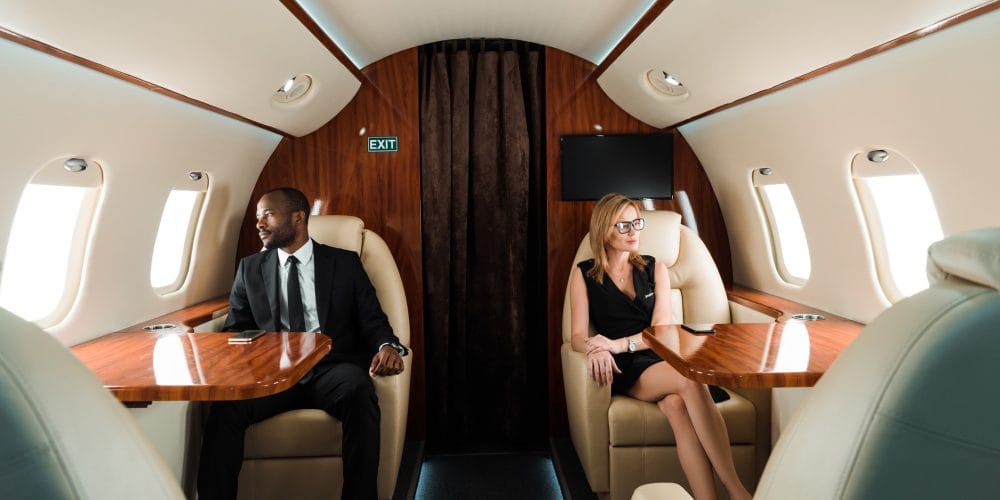
what additional costs should be considered when chartering a jet?
When chartering a private jet, it’s important to consider additional costs beyond the hourly rate or per-trip rate. These costs can include catering, de-icing in winter months, hangar fees if the aircraft needs to be stored overnight, and taxes such as the federal excise tax.
The repositioning of an aircraft, or the travel needed to move the aircraft to your starting location, can also add to the cost. It’s important to ask your charter company or jet card membership provider about these costs upfront to avoid being surprised during your trip.
How Do Changes in Flight Time and Route Affect the Overall Cost?
Changes in flight time and route can significantly impact the cost of your private jet charter. If your route involves additional flight hours or requires a change in aircraft type, this will likely increase your overall cost. Similarly, if your trip extends to a period where the crew needs to wait or stay overnight, this may incur additional fees.
What Are Empty Leg Flights, and Are They Cost-Effective?
Empty leg flights can be a cost-effective option for private jet travelers. These are flights that operate without passengers on board to reposition the aircraft for its next customer or return it to its home base. As these flights would otherwise fly empty, charter companies often offer them at a significant discount.
It’s worth nothing that empty legs come at the cost of flexibility. These flights usually have a tight flight schedule and are unable to change destinations. While empty legs may not always be suitable for business trips, they can be an exciting way to take spontaneous trips.
SEARCH EMPTY LEGS WITH MAGELLAN JETS
How Can Cost Calculators Be Used To Estimate Charter Flight Costs?
Cost calculators are handy tools provided by many private jet charter services. They provide an estimate of the total cost of a charter flight by considering variables such as the type of aircraft, the distance of the flight, and the departure and arrival locations.
While these calculators provide a good estimate, it’s important to confirm the final cost with your jet company or air charter service provider. Remember to consider additional costs, like those for Wi-Fi or catering, to get a complete picture of the cost of your private jet flight.
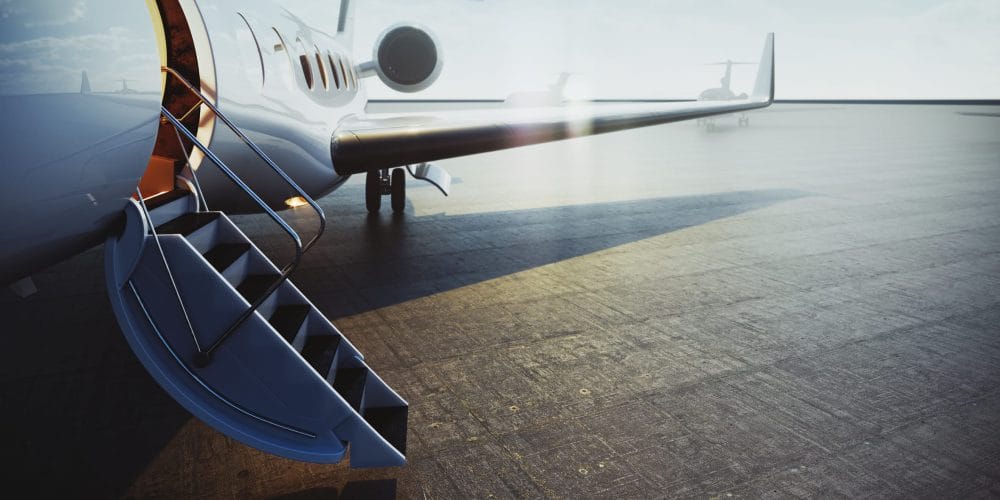
WHAT DOES FRACTIONAL OWNERSHIP OF A JET COST?
Fractional ownership is another option for those seeking the benefits of private aviation. Instead of renting a private plane for individual trips, fractional ownership involves purchasing a portion of a private jet. This arrangement offers the convenience and luxury of private jet travel without the full commitment of owning a private aircraft outright.
The costs of fractional ownership vary based on several factors.
what does the initial capital purchase involve?
The initial capital purchase for fractional ownership involves buying a share, or “fraction,” of a specific type of aircraft. This could be an aircraft of any size or type, from light jets to larger, offered by the company.
The cost of the fraction depends on the type and age of the jet and the size of the share purchased. For example, a 1/16th fraction of a new large-cabin jet would likely cost more than the same fraction of an older and smaller jet.
This upfront cost is substantial, often in the six to seven figures, but it guarantees a certain number of flight hours per year.
can the cost be recouped—and if so, how?
The good news for fractional owners is that part of the initial investment can often be recouped. At the end of the contract, typically after three to five years, you can sell your fraction back to the provider or on the open market.
Some providers may also offer an early exit option, allowing owners to sell their share back after a minimum period, usually three years. However, this may come with additional fees, so you might not be saving much in the long run.
How Does the Contract Affect Costs?
The cost of fractional ownership is directly influenced by the size of the fraction and the length of the contract. Larger fractions, such as 1/8th or 1/4th shares, command a higher purchase price but also grant more flight hours per year. Similarly, longer contracts may come with a higher total cost but may offer lower annual prices, reflecting a commitment to the program.
MORE: Magellan Jets vs. NetJets
What Additional Costs Are Associated With Fractional Ownership?
Besides the initial capital purchase, there are additional costs associated with fractional ownership. These typically include monthly maintenance fees, which cover the costs of things like aircraft maintenance, hangar storage, insurance, and crew salaries. There may also be an hourly flight fee to cover the cost of refueling, landing fees, and other direct operating costs.
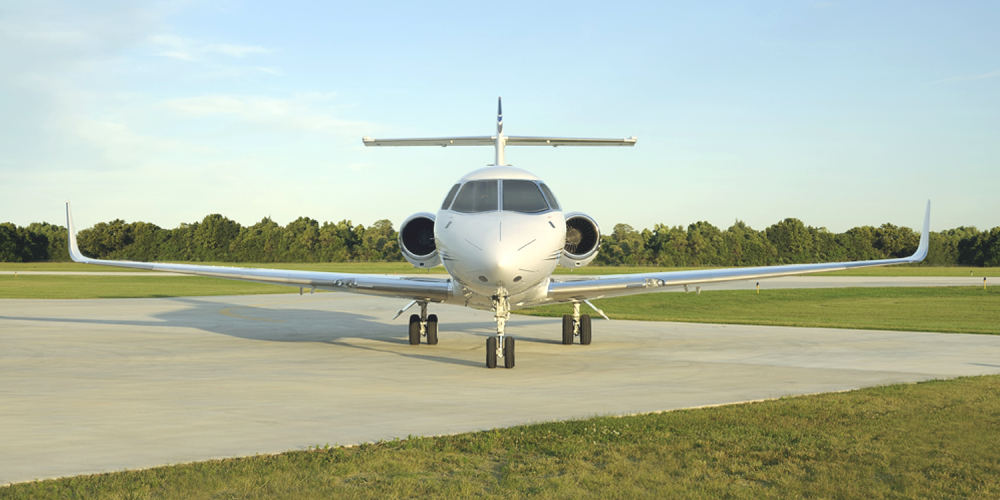
What Costs are Typically Included in the Monthly Maintenance Fee?
The monthly maintenance fee usually covers the fixed costs associated with aircraft upkeep and operation. These costs can include routine maintenance and inspections, hangar fees, insurance premiums, and crew salaries.
The fee is usually standardized for all owners of a specific type of aircraft and is divided based on the size of each owner’s share.
Are There Other Fees To Consider With Fractional Ownership?
Fractional owners should also be aware of potential additional fees. These could include fees for flights outside of your home service area, short-leg fees for unusually short flights, and ferry fees if the aircraft needs to be repositioned before or after your flight. Lesser fractions may also have more peak days than higher fractions, so it’s important to keep that in mind as you plan your trip.
If you’re not sure which fees you can expect from your fractional ownership, reach out to your provider.
What Are the Benefits of Private Jet Card Programs?
Private Jet Card Programs offer an alternative to fractional ownership and ad-hoc charter flights. They provide members with guaranteed access to aircraft at fixed hourly rates, usually with a minimum annual commitment.
These programs are a great way to emulate the experience of an aircraft owner without the large up-front capital purchase or associated costs. Jet Cards can offer cost savings, increased availability during peak travel times, and simpler budgeting without the responsibilities and long-term commitment of ownership.
EXPLORE JET CARDS WITH MAGELLAN
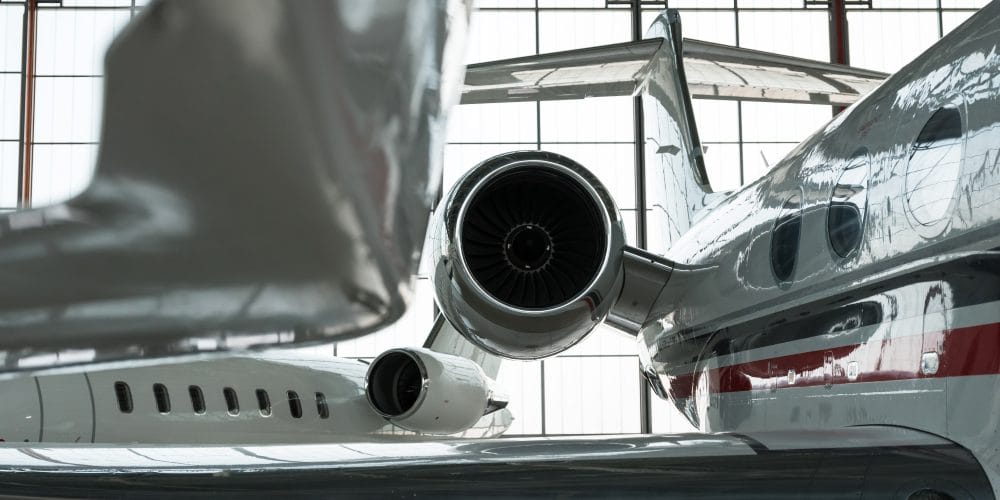
WHAT IS THE COST OF OWNING YOUR OWN JET?
Having your own private jet is the epitome of luxury and convenience, particularly for frequent flyers who desire on-demand access to the skies. However, the cost of buying and operating a private jet can be substantial, with many factors influencing the final price tag.
It’s important to thoroughly understand these costs and consider them in relation to your specific needs and travel patterns.
BUY OR SELL AIRCRAFT WITH MAGELLAN
how can you buy your own jet?
Purchasing a private jet typically involves working with an aircraft broker, who can assist you in finding the perfect plane to meet your requirements.
Depending on your needs, you might opt for a very light jet or turboprop for shorter trips, a midsize jet for longer, transcontinental travel, or even a large business jet such as a Gulfstream G450 for ultimate comfort and international flights.
Once you’ve selected your jet, the broker will facilitate the purchase, including arranging for a pre-buy inspection and handling all the necessary paperwork with the FAA.
How Do Factors Such as Jet Category, Model, and Age Influence Cost?
The cost of purchasing a private jet varies significantly depending on the jet’s category, model, and age. Very light jets are the least expensive, typically starting around $2 to 3 million for a new model. Heavy business jets, on the other hand, can cost anywhere from $25 million to over $70 million new.
The specific model and brand also affect the cost, with high-end brands like Gulfstream and Bombardier commanding premium prices. A jet’s age is another critical factor. Like cars, jets depreciate over time, so an older jet will cost less upfront than a newer model. Older jets may also incur higher maintenance and operational costs.
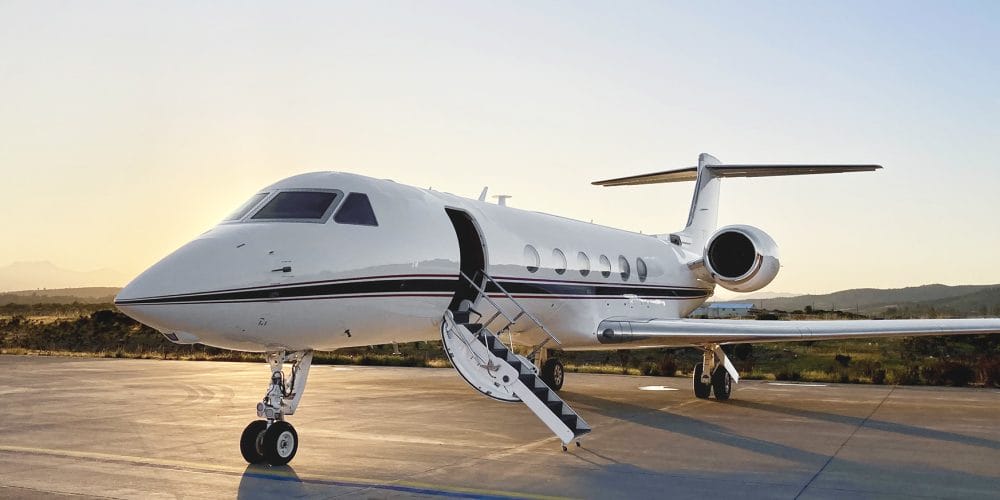
What Ongoing Costs Are Associated With Owning a Private Jet?
Buying a private jet is only the first step—the ongoing operational costs can also be considerable. These include costs for pilots and crew, regular maintenance, insurance, landing and hangar fees, and fuel.
Depending on the size of the jet and how often it’s used, these costs can run into millions of dollars per year. As an owner, you’re also responsible for managing these operations, either directly or by hiring a management company, which adds an additional cost.
AIRCRAFT MANAGEMENT WITH MAGELLAN
What Are the Typical Operational Costs of Owning Your Own Jet?
Operational costs include crew salaries, which can range from $100,000 to over $200,000 per year for experienced pilots, plus additional costs for any other crew members. Landing and hangar fees vary based on the size of the aircraft and the airports you use.
Fuel is another significant cost and can be particularly volatile, as jet fuel prices fluctuate with the global oil market. Maintenance and insurance costs depend on the jet’s age, size, and how often it’s flown.
Are There Other Taxes and Surcharges To Consider?
Owners should also be aware of various taxes and surcharges. The previously mentioned federal excise tax applies to fuel, and there may be state or local taxes on the purchase or use of the aircraft.
International flights may incur additional fees and taxes. Also, if you’re planning to charter your jet when you’re not using it, you’ll need to pay the FAA’s 7.5 percent charter excise tax.
What Should You Consider When Deciding To Own a Private Jet?
Deciding to buy a private jet is a significant decision that should be based on careful consideration of your travel needs, budget, and willingness to manage a complex asset.
While owning a jet provides the ultimate in convenience and prestige, it also carries high costs and responsibilities. For many people, chartering a jet or opting for fractional ownership can provide many of the benefits of private jet travel in a more cost-effective and hassle-free manner.
EXPLORE AIRCRAFT SALES & MANAGEMENT WITH MAGELLAN
the bottom line
When deciding between charter, fractional, and full ownership, consider the upfront and ongoing costs, the flexibility and convenience each option provides, as well as your specific needs. While owning a private jet offers unrivaled access and prestige, charter and fractional ownership can provide a more cost-effective way to enjoy the benefits of private aviation.
Remember, whether you’re embarking on a round trip to New York, jetting off to a meeting in San Francisco, or planning a vacation in Miami or Las Vegas, your best bet is to carefully consider your options and choose the one that best suits your lifestyle and budget.
No matter which option you choose, the luxury, convenience, and time savings of private jet travel are incomparable. Explore the many ways to fly with Magellan today.

